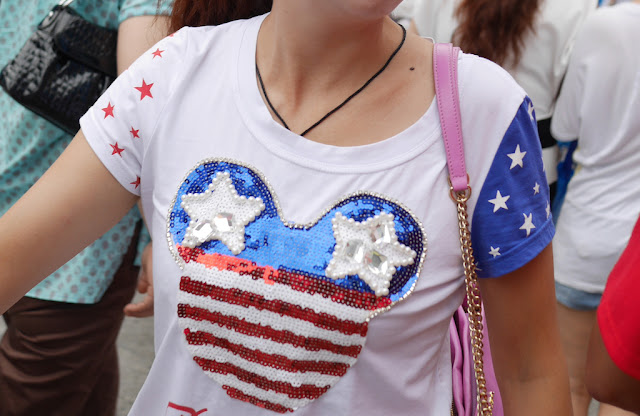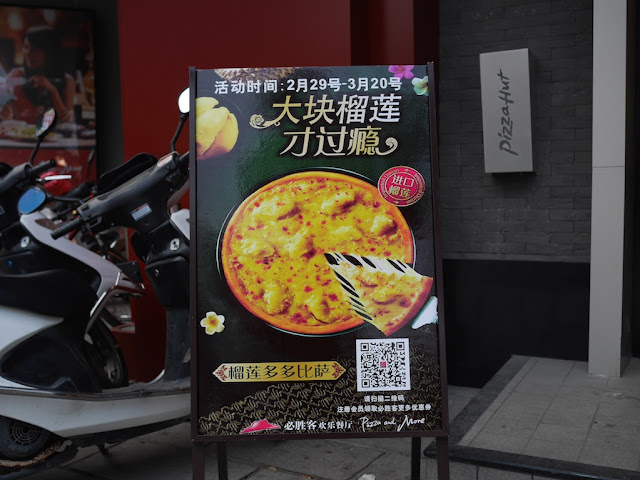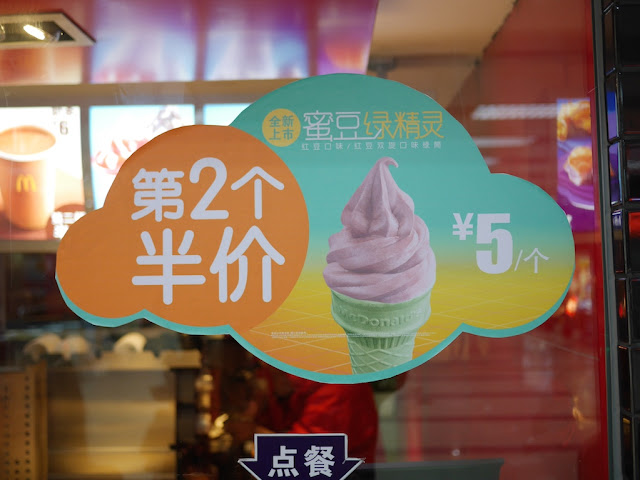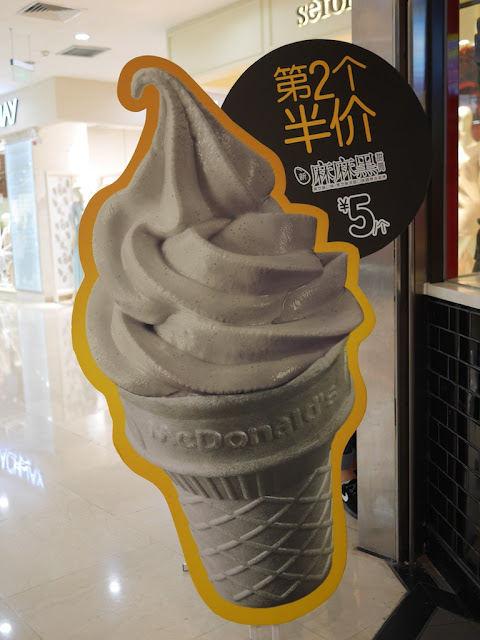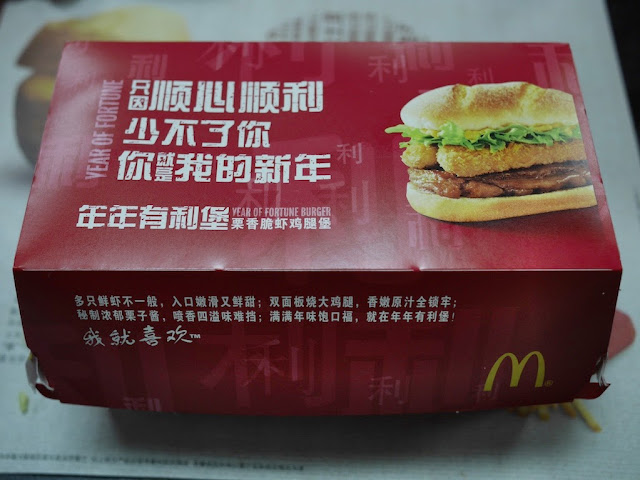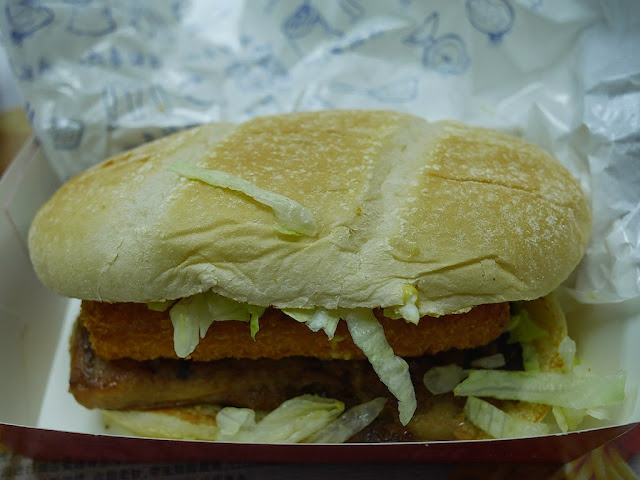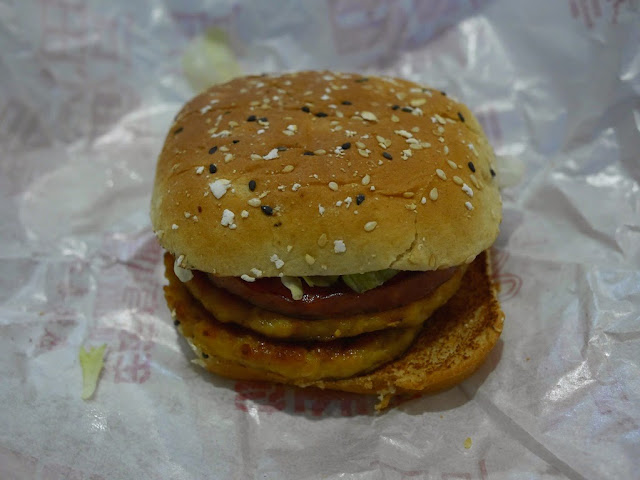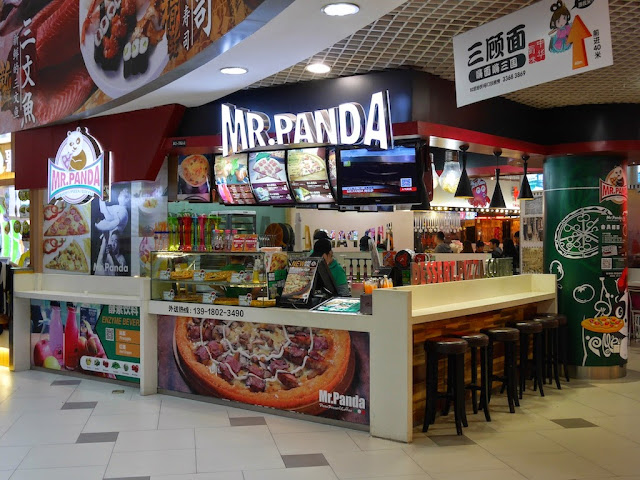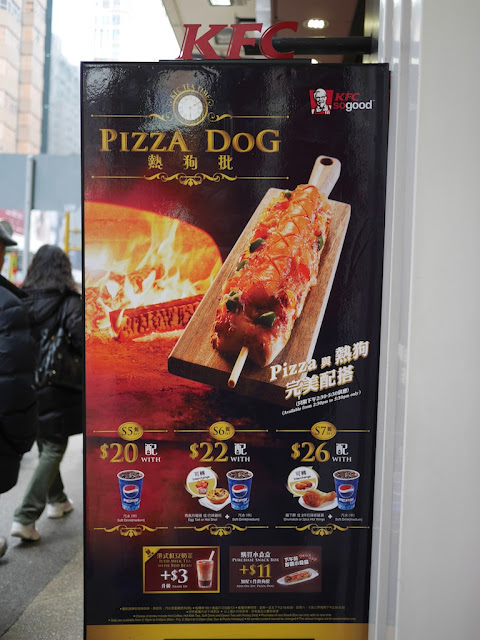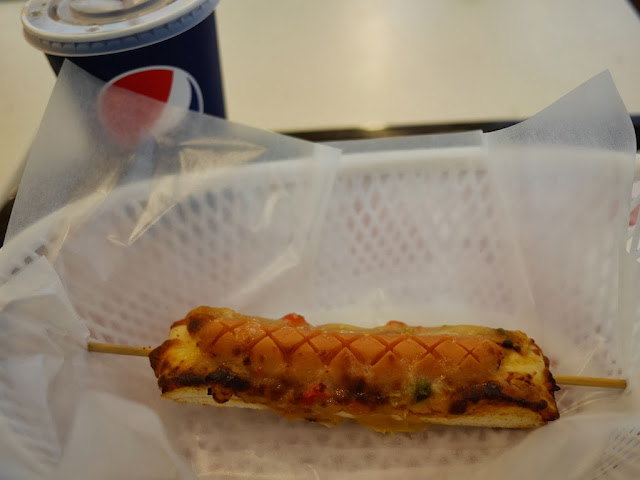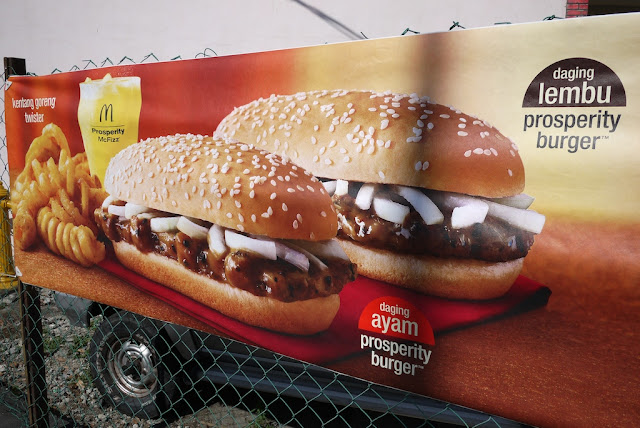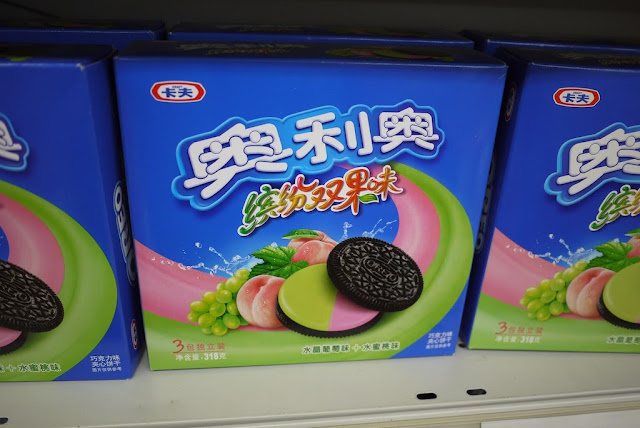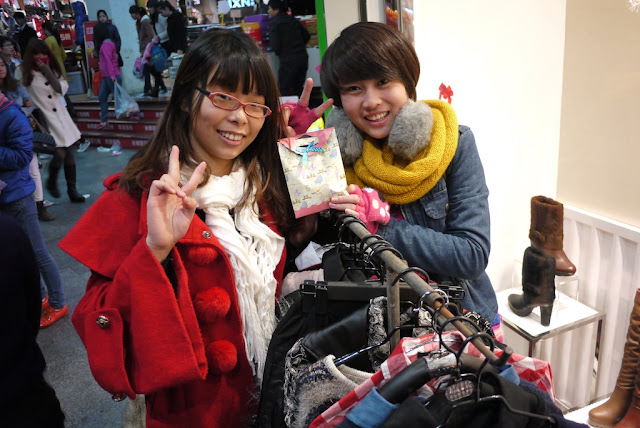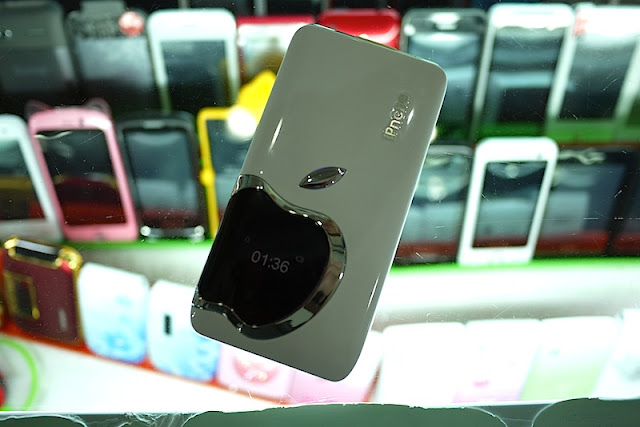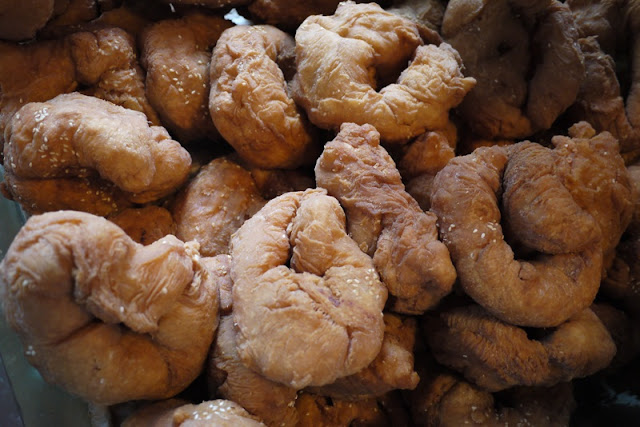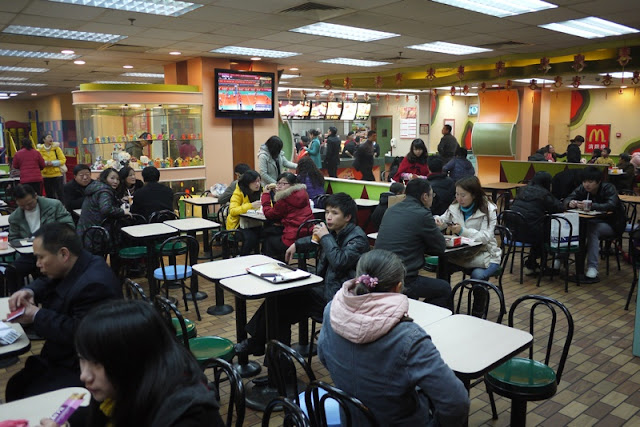When I compared a
KFC and McDonald's in Yueyang, China, I mentioned that KFC has had much success in China and that one of the possible reasons is its localized menu. While McDonald's success hasn't been as great, that doesn't mean McDonald's hasn't localized its menu or that it is doing poorly in China.
Some examples of its localized menu include a taro pie and some different dipping sauces for its Chicken McNuggets -- such as chili garlic. See
here for more examples of McDonald's food offerings in China (in Chinese and may not load in some browsers). I haven't bothered to try quantifying it, but my impression is that KFC's menu has been more modified from its US version than McDonald's. Whether that could be a key reason KFC has seen more success in China is another question.
And although the McDonald's in Yueyang wasn't busy at the time I visited, I've seen plenty of others that were. For example, recently I passed by a McDonald's in
Hengyang, Hunan province:
and another in
Chenzhou, Hunan province:
Both were full of customers eating and drinking. There are also broader signs of McDonald's success in China. As
reported on Bloomberg News this past summer:
McDonald’s Corp. (MCD), the world’s largest restaurant chain, should open an outlet a day in China as it challenges Yum! Brands [owner of the KFC and Pizza Hut brands] for dominance in Asia’s largest economy as rising salaries boost spending on fast food.
“We should be opening a restaurant every day in the next three to four years” in China, Peter Rodwell, company president for Asia excluding Japan, Australia and New Zealand, said in an interview in Singapore today. “We’re now opening a restaurant every other day.”
Even with that growth rate, though, McDonald's has its work cut out if it wants to surpass KFC. Not only is KFC currently far ahead of McDonald's in terms of number of stores in China, but it's likely to expand further. In fact, I've seen signs of potential new locations for KFC that I'll share in a later post.
McDonald's growth isn't good just for the company, but it has benefits for China as well. Again, from Bloomberg News:
The Oak Brook, Illinois-based company has said it plans to recruit 50,000 employees in China this year, including 1,000 university graduates as management trainees. McDonald’s, which trails Yum in number of Chinese locations, moved its China training center from Hong Kong to Shanghai last year.
Furthermore, the benefits aren't limited to McDonald's and China. For example, last April I had the opportunity to speak with these two employees of a McDonald's in
Nanning, Guangxi:
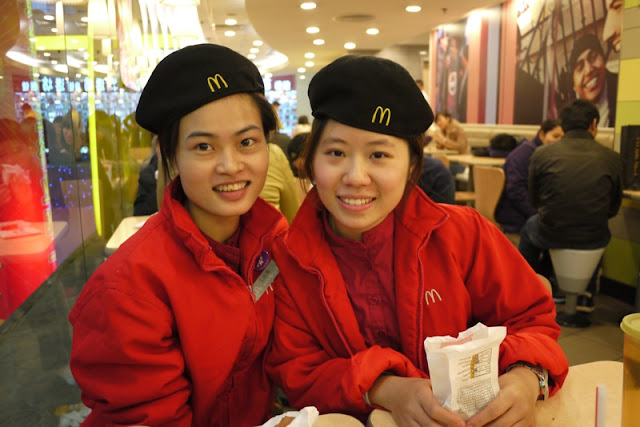 |
| Happy McDonald's employees |
The young lady on the left was a college student and working part-time. The extra income was useful for her, and she preferred the job to what she did the previous year when I first met her -- promoting a brand of tea at a large park in Nanning:
 |
| Green tea promotion |
What was most notable, though, was how she absolutely gushed about how much she enjoyed working at McDonald's -- the friendly atmosphere, the supportive management, etc. She didn't think she could have such a positive work experience in most similar Chinese companies, and her experience clearly influenced her view of the US in a positive manner. I can't provide any numbers, but based on other conversations I've had I know she isn't alone in her feelings. This is yet another example of America's "soft-power" that I have
mentioned before in a very different context.
So, if McDonald's is localizing its menu for China and is playing a role in shaping Chinese people's opinions of the US it raises an important question.
Should McDonald's ever offer the McRib in China?


